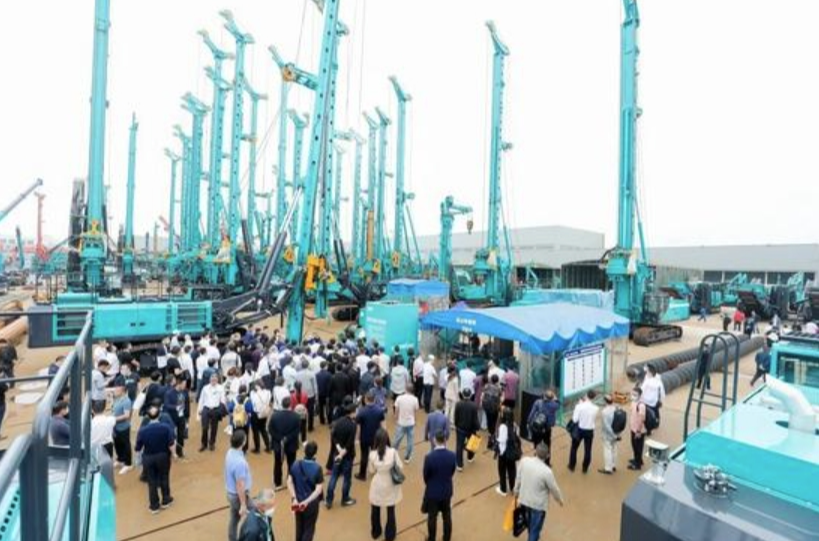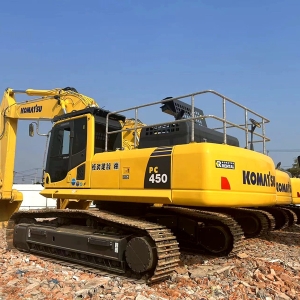Engineering machinery and equipment - various drilling methods of rotary drilling rigs
上海华诚二手挖掘机市场 / 2024-01-13There are many auxiliary tools for excavators, especially rotary excavation, which has been popular recently. Which drilling method is the most effective? Only in this way can the operation be controlled, the load can be reduced to the lowest, the wear is the lowest, and the footage is achieved the fastest. Especially second-hand excavators are more competitive. Here are some options for rotary excavation.

Rotary drilling rigs can be divided into four drilling methods according to geological conditions: cutting, crushing, stirring and grinding.
1. Cutting type
Bucket teeth are used for cutting drilling, and a double-bottomed sand bucket is used with a friction drill pipe to drill into relatively stable and low-resistance strata. Generally, the geological strength is within 400 kPa, such as mud layers, silt and sand layers, through the bucket teeth. Rotary cutting can reduce resistance and increase drilling speed.
2. Broken type
Crushing drilling uses pick drilling, and most of them use double-bottom rock drilling buckets. Friction or machine-lock drill pipes can be configured according to the geological strength. It can drill gravel, mudstone, sandstone, etc. with a strength of 500 kPa to 1000 kPa. For shale and weathering, crushing drilling is achieved by applying pressure to the alloy points on the picks.
3. Toggle type
Double-bottom sand fishing and double-bottom rock drilling buckets can be used, and can also be used with Bao'e teeth. Due to different types of geology, the drilling method changes accordingly. For example, in the pebble layer, due to the irregular arrangement of pebbles, it cannot be cut and For crushing, toggle drilling can be used. The drill pipe is hung with the main coil, and the pebbles are stirred with the teeth of the drill bucket. After loosening the pebbles, the drill bucket is floated down. This operation method is to avoid the strength and vibration of the pebbles.
4. Grinding type
Use rock-entry barrel drills and threaded spindle drills in conjunction with machine-locked drill pipes to drill into rock formations calculated based on the single-cycle compressive strength. The strength ranges from several MPa to tens of MPa. It is usually pile-bearing at the end of the rock. Through the barrel drill Circular cutting and grinding into the rock, or grinding and drilling with a shaft drill. At the same time, the possibility of fragmentation cannot be ruled out depending on the type, strength, brittleness and cracks of the rock formation.













